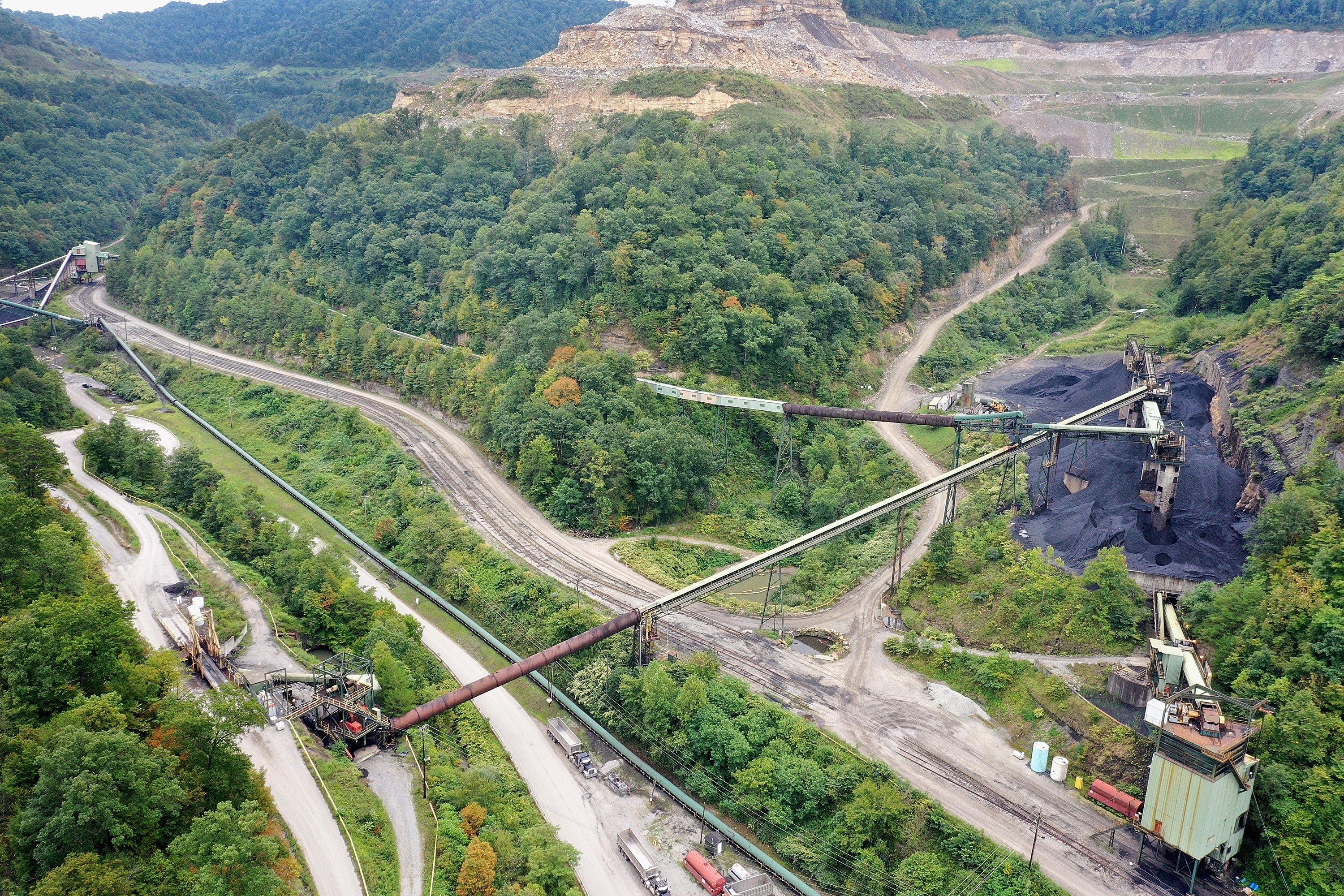
Fossil fuel-producing nations are on track to blow by their Paris Agreement pledges by developing coal, oil and natural gas through 2030 at levels that would fail to avoid dangerous temperature increases, according to new research.
The so-called production gap between planned fossil fuel output and the goal of stopping temperature rise at 1.5 degrees Celsius would grow for at least 20 years without stronger climate policies, said a report by leading research organizations and the United Nations Environment Programme.
The gap has barely narrowed since 2019, despite global pledges to limit the use of fossil fuels.
“As countries set net-zero emissions targets, and increase their climate ambitions under the Paris Agreement, they have not explicitly recognized or planned for the rapid reduction in fossil fuel production that these targets will require,” the report states.
It calls on governments to disclose production plans in their climate commitments and direct support away from fossil fuel subsidies and toward low-carbon energy development.
The report comes as legislation aimed at decarbonizing the U.S. economy struggles to make its way through Congress. The Biden administration has pledged to cut greenhouse gases in half by 2030 from 2005 levels, but achieving that goal will be difficult if the legislation fails, specialists say (Climatewire, Oct. 19).
With global climate talks kicking off in Glasgow, Scotland, in two weeks, administration officials have sought to assure foreign leaders that the U.S. can meet its emissions pledge using other policy tools.
But the report raises questions about alternative pathways, like capturing or removing carbon dioxide from the atmosphere. If those technologies don’t develop at scale or if methane—a short-lived but highly potent greenhouse gas—is not rapidly reduced, the emissions gap will be wider than estimated, the report states.
Released today, the report looked at 15 of the world’s leading fossil fuel producers based on carbon emissions from energy extraction. They include Australia, China, India, Indonesia, Russia, Saudi Arabia and the United States.
It finds that coal production would need to decline each year by 11 percent on average by 2030 to limit warming to 1.5 C. Oil and gas would need to fall by 4 and 3 percent, respectively, over that period.
The production gap is widest for coal, which is projected to grow 240 percent beyond what is consistent with the 1.5 C limit by 2030.
Meanwhile, international public finance for fossil fuel production has decreased in recent years, with many of the world’s leading economies pledging to end funding for international coal power development. Many multilateral development banks have also put limits on fossil fuel financing.
But these measures have so far failed to match low-carbon investments during the pandemic.
“Many countries continue to view expanding fossil fuel production as a key lever for their national development, energy security, and sovereignty,” the report states.
Reprinted from E&E News with permission from POLITICO, LLC. Copyright 2021. E&E News provides essential news for energy and environment professionals.



